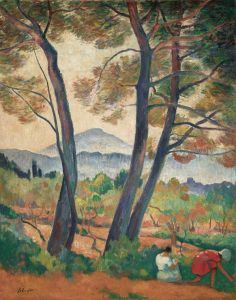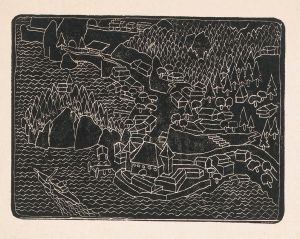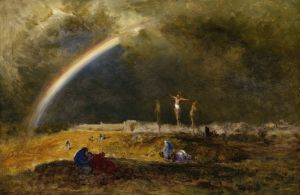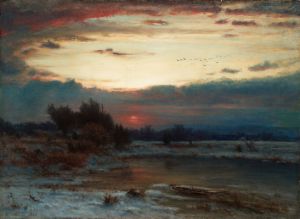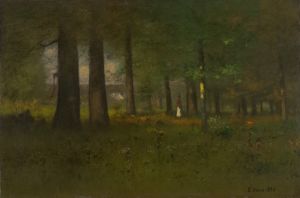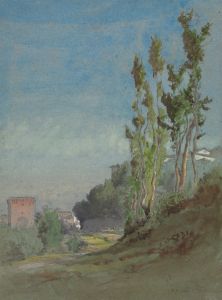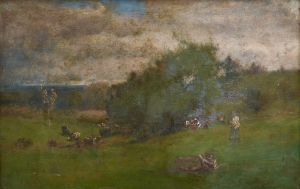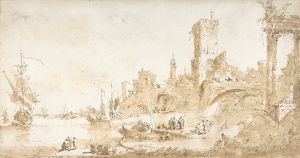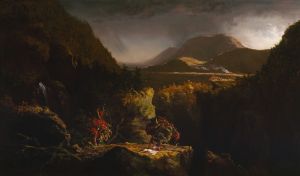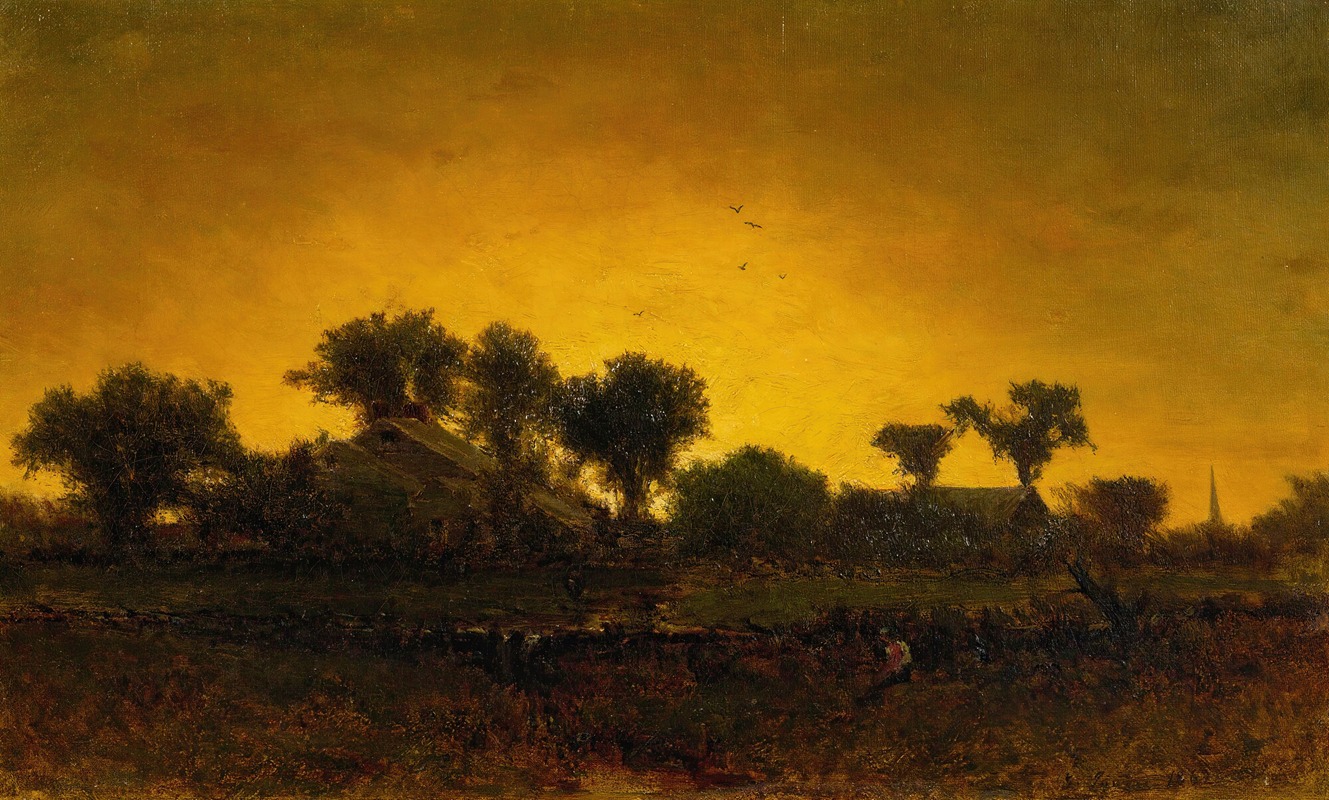
Light Triumphant
A hand-painted replica of George Inness’s masterpiece Light Triumphant, meticulously crafted by professional artists to capture the true essence of the original. Each piece is created with museum-quality canvas and rare mineral pigments, carefully painted by experienced artists with delicate brushstrokes and rich, layered colors to perfectly recreate the texture of the original artwork. Unlike machine-printed reproductions, this hand-painted version brings the painting to life, infused with the artist’s emotions and skill in every stroke. Whether for personal collection or home decoration, it instantly elevates the artistic atmosphere of any space.
"Light Triumphant" is a painting by the American landscape artist George Inness, who is widely regarded as one of the most influential figures in the development of American landscape painting. Born in 1825, Inness was known for his ability to blend the naturalistic detail of the Hudson River School with the more atmospheric and spiritual qualities of the Barbizon School, creating works that were both realistic and imbued with a sense of the divine.
"Light Triumphant" is a prime example of Inness's mature style, which he developed in the latter part of his career. This painting, like many of his works, reflects his interest in the spiritual and the sublime, themes that were influenced by his study of the Swedish scientist and philosopher Emanuel Swedenborg. Inness believed that art should not only depict the physical world but also convey a sense of the spiritual reality that lies beyond it.
The painting features a serene landscape bathed in a warm, golden light, which seems to illuminate the scene from within. This use of light is characteristic of Inness's work and is one of the elements that give his paintings their distinctive, almost mystical quality. The landscape itself is rendered with a soft, almost dreamlike quality, with trees, fields, and a distant horizon blending seamlessly into one another. This technique creates a sense of depth and space, drawing the viewer into the scene and inviting them to contemplate the beauty and tranquility of the natural world.
Inness's use of color in "Light Triumphant" is also noteworthy. He employs a rich palette of greens, golds, and browns to create a harmonious and balanced composition. The colors are applied with a loose, almost impressionistic brushstroke, which adds to the overall sense of movement and vitality in the painting. This approach to color and brushwork was influenced by Inness's exposure to the work of the French Barbizon painters, who emphasized the importance of capturing the transient effects of light and atmosphere in their landscapes.
"Light Triumphant" is not only a testament to Inness's technical skill as a painter but also to his philosophical and spiritual beliefs. Through his art, Inness sought to express his conviction that the natural world is a reflection of a higher, spiritual reality. This belief is evident in the way he portrays the landscape as a place of peace and harmony, where the light of the divine shines through and transforms the ordinary into the extraordinary.
George Inness continued to paint and explore these themes until his death in 1894. His work, including "Light Triumphant," has had a lasting impact on American art and continues to be celebrated for its beauty, depth, and spiritual resonance. Today, "Light Triumphant" is held in high regard by art historians and collectors alike, and it remains a significant example of Inness's contribution to the American landscape tradition.





